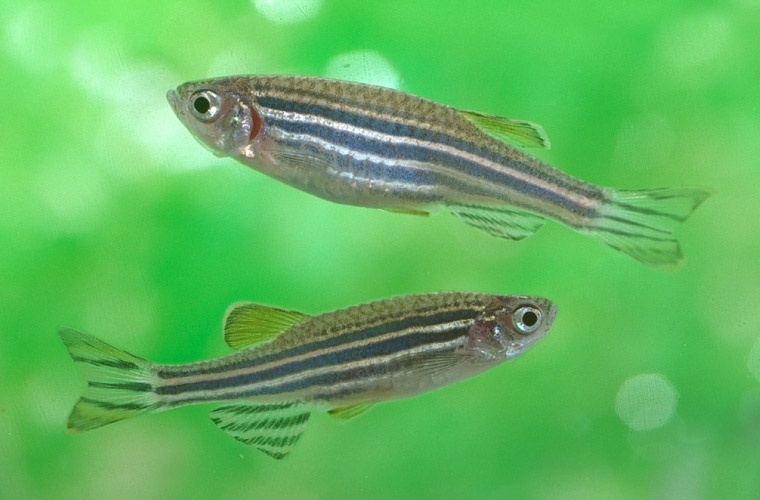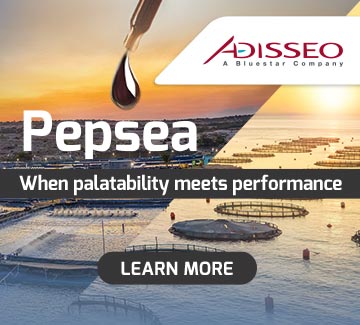
In aquaculture, ensuring that fish grow both healthy and fast is a constant priority. Contrary to what one might assume, the smartest way to achieve this is not to select for multiple traits at once. In fact, the solution is simpler: focus on a single trait at a time.
This means that, to succeed in the domestication of a species for aquaculture, the focus must be placed on traits with high heritability, such as growth.
A recent study published in Aquaculture examined three different breeding strategies in zebrafish (Danio rerio) to determine which proved most effective.
The first programme applied a “No Selection” strategy, in which breeders were chosen at random with no specific criteria. The second, the “Single-trait Selective Breeding Programme”, focused on rapid growth. The third, the “Multi-trait Selective Breeding Programme”, attempted to combine growth, reproduction and welfare.
The results were clear. Both selective breeding programmes improved growth and body shape. However, when the outcomes were compared across four generations, the single-trait strategy consistently outperformed the multi-trait approach. Attempting to enhance seleveral low-heritability traits – such as reproduction and welfare – at the same time diluted the progress that could be made.
Crucially, the study introduced the Aquaculture Potential Score, a metric that combines growth, reproduction and welfare into a single measure. Despite the improvements in growth, the score remained unchanged across all three strategies, underlining that the overall “aquaculture potential” of fish is only partially influenced by selective breeding.
The message for aquaculture is straightforward: less is more. Focusing on single, highly heritable traits such as growth drives tangible progress, particularly in the early stages of domestication. The authors suggest that multi-trait programmes should be restructured to prioritise those traits that respond effectively to selection, rather than spreading efforts too thinly.
For fish farmers, this could mean a simpler, more efficient path towards better yields -and a reminder that in aquaculture, as in life, sometimes focusing on less can help achieve more.


